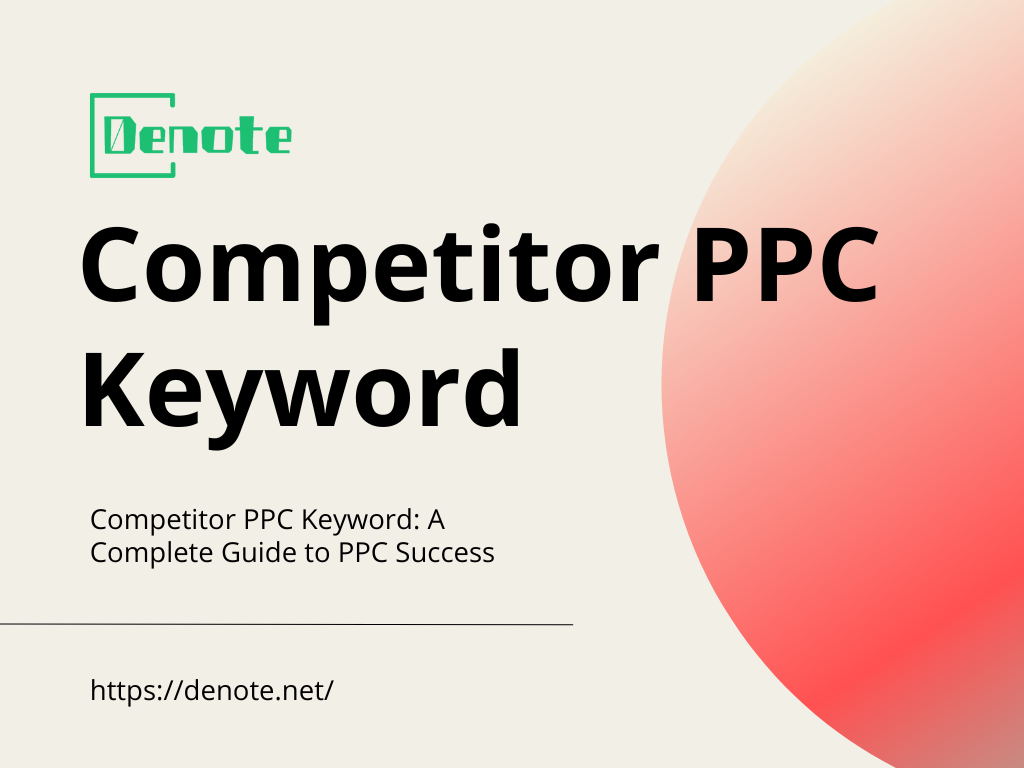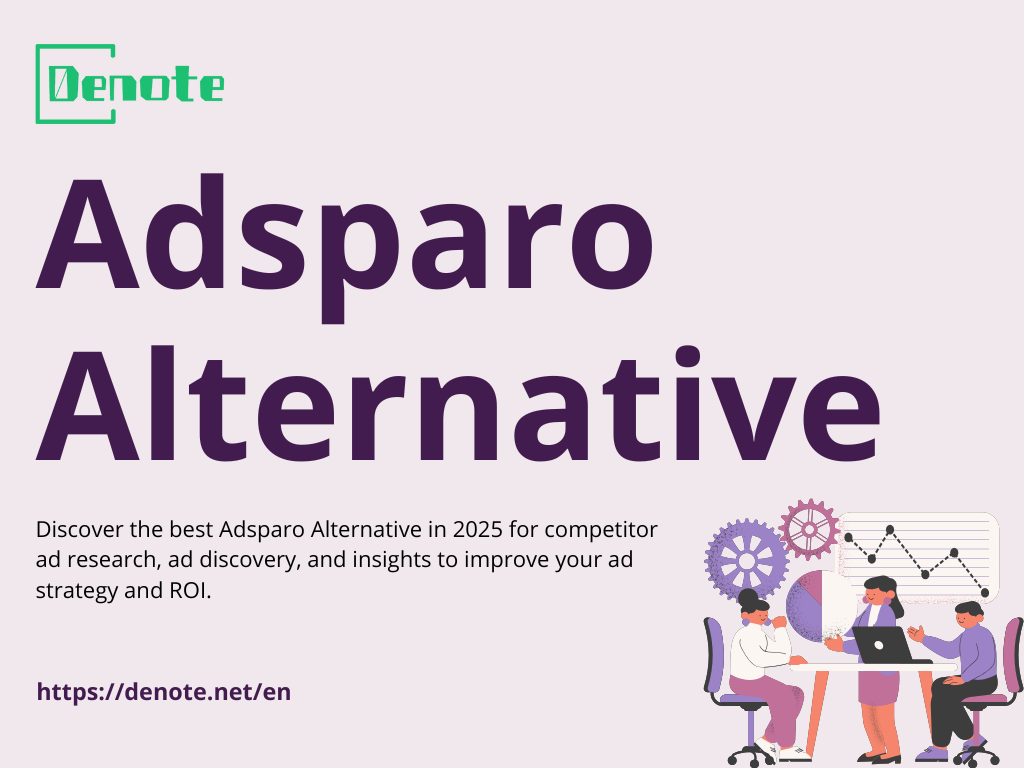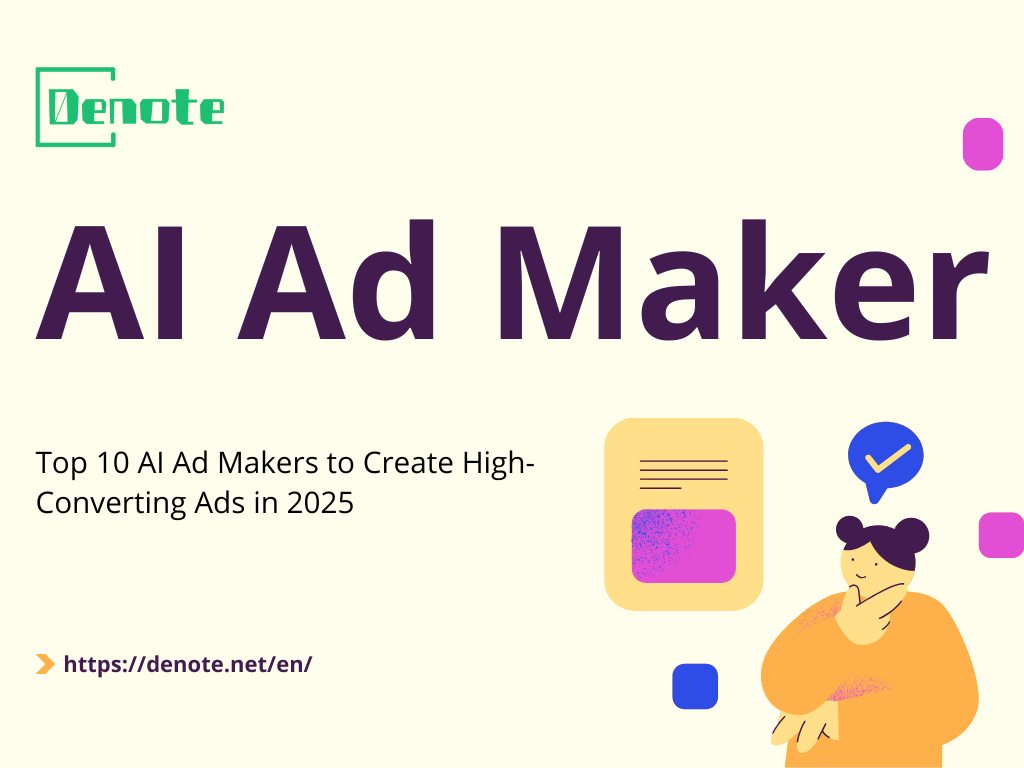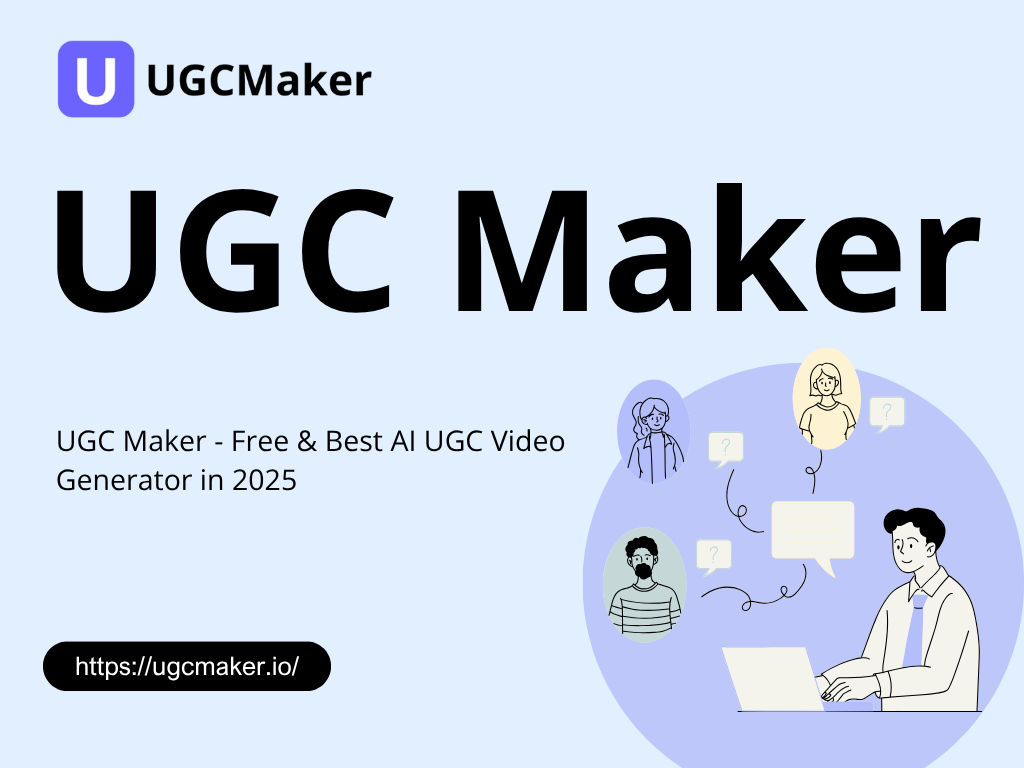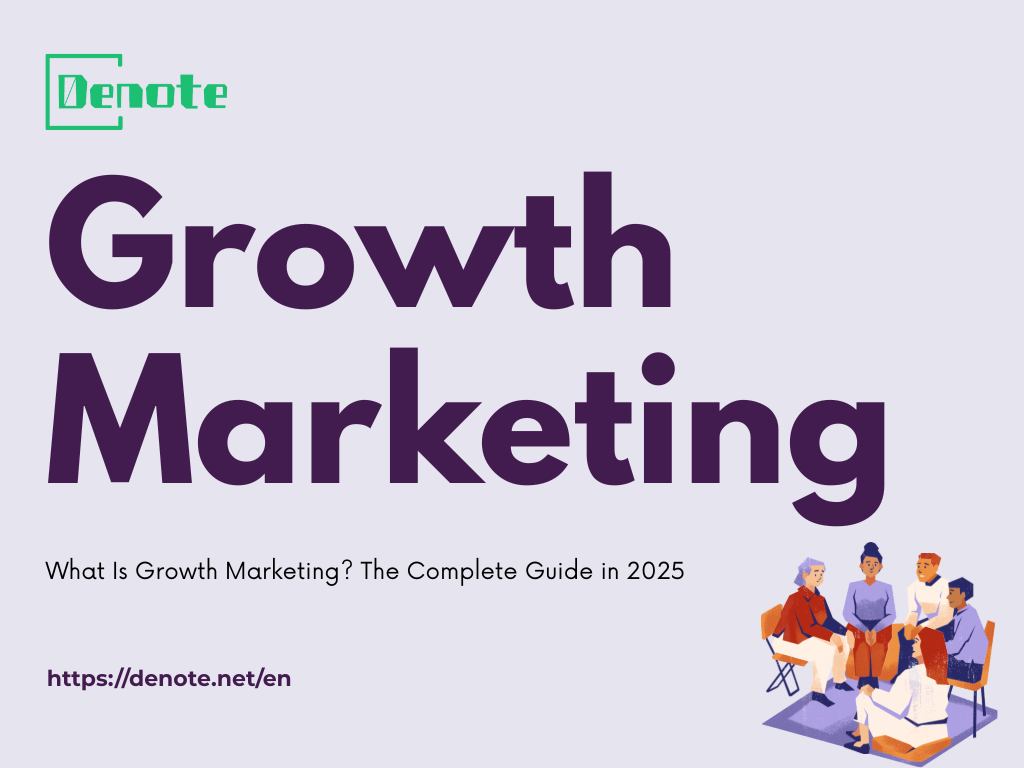The Ultimate Guide to Winning Facebook Collection Ads in 2025
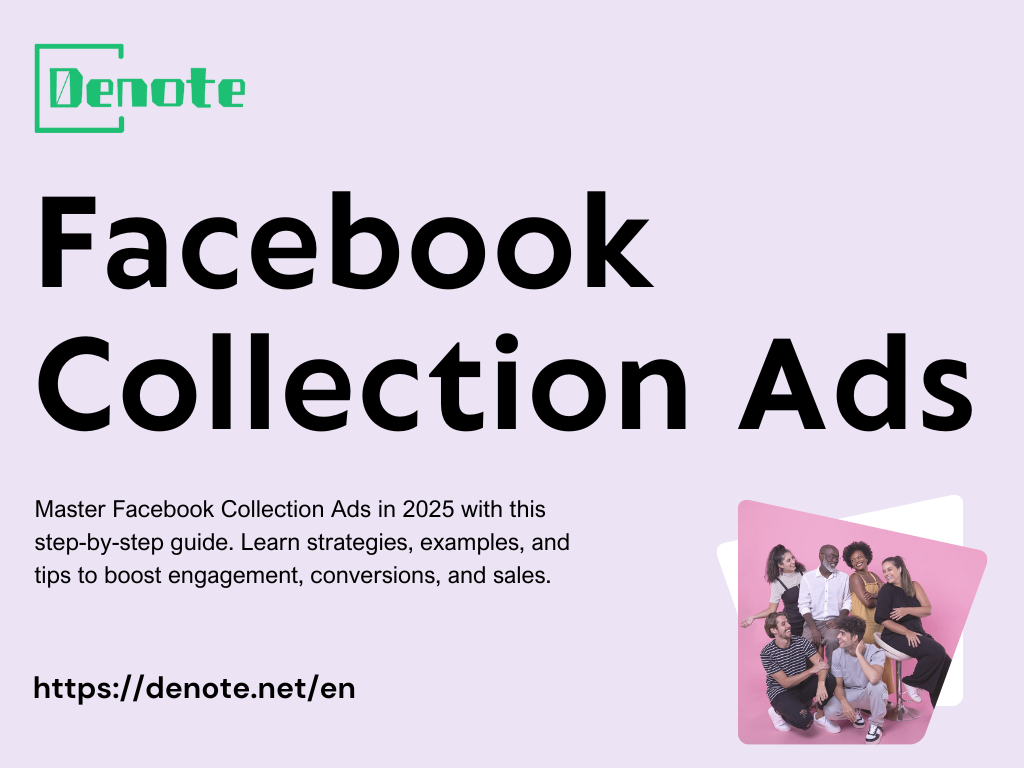
- What Are Facebook Collection Ads
- Why Collection Ads Matter in 2025
- Collection Ads vs. Other Facebook Ad Formats
- How Facebook Collection Ads Work
- Benefits of Using Facebook Collection Ads
- Step-by-Step Guide to Creating Facebook Collection Ads
- Best Practices for Winning Facebook Collection Ads in 2025
- Examples of High-Performing Facebook Collection Ads
- Common Mistakes to Avoid with Collection Ads
- Tools and Resources for Facebook Collection Ads
- Future Trends of Facebook Collection Ads in 2025 and Beyond
- Conclusion
What Are Facebook Collection Ads
If you’ve ever scrolled through Facebook on your phone and stumbled upon an ad that feels like a mini shopping mall in your hand, you’ve probably seen a Facebook Collection Ad. Unlike static image ads or even video ads, Collection Ads are designed to create an immersive browsing experience right inside the Facebook app. Think of them as a virtual storefront where the storefront itself is an ad, and behind that door is an interactive catalog of products or services that users can explore without ever leaving the platform.
At its core, a Collection Ad includes a hero image or video at the top, followed by several product images pulled directly from a catalog. When clicked, it expands into a full-screen Instant Experience (formerly known as Canvas) that allows users to explore more items, view detailed product information, and even purchase—all without the friction of being redirected to an external website.
What makes Facebook Collection Ads especially compelling is their blend of storytelling and shopping. Instead of shouting “Buy now!” like a traditional banner ad, they whisper, “Come in and look around.” It’s subtle, it’s engaging, and it’s built for the mobile-first world we live in.
Why Collection Ads Matter in 2025
Now, you might be wondering: “Okay, that sounds cool, but why should I care in 2025?” Here’s the answer: the digital advertising landscape is more competitive than ever. With short attention spans and endless distractions, businesses need ad formats that do more than just grab attention—they must hold it long enough to inspire action.
In 2025, Facebook Collection Ads have become one of the most effective ways to engage mobile users because they tap into two powerful forces: convenience and curiosity. Shoppers don’t just want to see a product; they want to imagine owning it, using it, and experiencing it. Collection Ads give them that instant gratification by letting them dive deeper without delay.
Moreover, with the rise of AI-driven personalization, Facebook can now serve hyper-targeted Collection Ads tailored to an individual’s browsing behavior, purchase history, and even micro-moments (like searching for “best running shoes” last night). The format isn’t just relevant—it’s future-proof.
Collection Ads vs. Other Facebook Ad Formats
So, what makes Collection Ads stand apart from the crowd of other Facebook ad formats? Let’s break it down:
- Image Ads: Simple, straightforward, but limited. Great for brand awareness but lack depth.
- Video Ads: Engaging, but often one-way communication. Users watch, then scroll past.
- Carousel Ads: More interactive, showcasing multiple items, but still lack the immersive experience.
- Collection Ads: The best of all worlds. They combine the attention-grabbing power of video or imagery, the multi-product showcase of carousels, and the immersive depth of Instant Experience.
In short, while other ad formats are like movie trailers, Facebook Collection Ads are the full cinematic experience.
| Facebook Ad Format | Description | Key Features / Limitations |
|---|---|---|
| Image Ads | Simple, straightforward ads primarily for brand awareness. | - Easy to create - Limited depth and interaction |
| Video Ads | Engaging ads that communicate visually, often one-way. | - Captures attention quickly - Users watch and then scroll past - Limited interactivity |
| Carousel Ads | Interactive format showcasing multiple items. | - Can display multiple products - Still lacks immersive, full -screen experience |
| Collection Ads | Combines storytelling, multi-product showcase, and immersive full-screen Instant Experience. | - Attention-grabbing hero image/video - Multi-product catalog - Full-screen Instant Experience - Highly interactive and mobile-friendly - Described as the “full cinematic experience” |
How Facebook Collection Ads Work
Understanding how Facebook Collection Ads function is key to unlocking their potential. At their core, they rely on three main components:
The Structure of a Collection Ad
- Hero Image or Video – This is your attention-grabber. A striking visual or short video that draws users in.
- Product Set – Below the hero content, you’ll see a grid of product images pulled from your catalog.
- Instant Experience – When a user taps on the ad, it expands into a full-screen, interactive shopping space.
This structure allows advertisers to tell a story at the top, then seamlessly transition users into product discovery.
Instant Experience Explained
Previously called Facebook Canvas, Instant Experience is the engine behind the magic. It’s essentially a full-screen microsite inside Facebook. The beauty of Instant Experience is speed—it loads almost instantly compared to external websites, which reduces bounce rates and keeps potential buyers engaged.
Brands can customize these experiences with:
- Image galleries
- Video demonstrations
- Product detail pages
- Call-to-action buttons
Imagine a beauty brand launching a new skincare line. The hero video introduces the brand story, while the Instant Experience showcases tutorials, ingredient breakdowns, and direct purchase options—all in one flow.
Supported Media Types
Facebook Collection Ads aren’t limited to one kind of media. You can use:
- Images for simple storytelling.
- Videos for dynamic engagement.
- Catalog feeds for product-focused campaigns.
This flexibility means Collection Ads can work for virtually any industry—retail, travel, real estate, B2B, and beyond.
Benefits of Using Facebook Collection Ads
So why should marketers invest time and budget in Facebook Collection Ads instead of sticking to what they already know? Let’s unpack the main benefits.
Enhanced Mobile Shopping Experience
Over 90% of Facebook’s traffic comes from mobile devices. Traditional ads often send users to slow-loading external websites, creating friction. Collection Ads eliminate that barrier. They’re built with a mobile-first mindset, giving users the feeling of browsing a curated storefront without ever leaving the app.
Think of it like this: Instead of asking someone to drive across town to visit your shop, you’re bringing the shop directly into their living room.
Boosting Engagement and Conversions
Because users can explore more products and interact with the content, engagement rates are higher compared to static ads. And engagement often leads to conversions. Studies show that interactive formats like Collection Ads can drive up to 2x more conversions than traditional ad formats.
More importantly, Collection Ads enable seamless retargeting. If a user views a product but doesn’t purchase, you can retarget them with dynamic Collection Ads featuring that exact item.
Measurable ROI for Businesses
ROI is the ultimate yardstick in advertising. The good news? Collection Ads provide clear, measurable outcomes. You can track metrics like:
- Click-through rates (CTR)
- Engagement rates
- Purchases made directly from the ad
This data-driven approach allows businesses to continually optimize their campaigns. Tools like Denote further enhance this process by helping marketers analyze competitor Collection Ads, giving them insights into what’s working in their niche and where they can gain an edge.
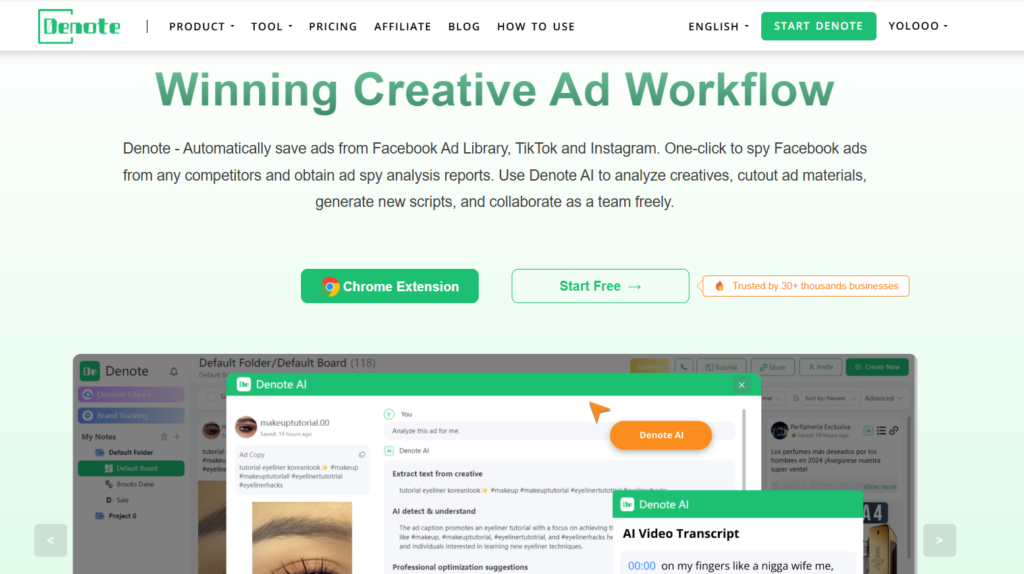
Step-by-Step Guide to Creating Facebook Collection Ads
Ready to roll up your sleeves? Let’s dive into the step-by-step process of creating a Facebook Collection Ad that doesn’t just look good, but actually drives sales.
Setting Up a Campaign in Ads Manager
Head over to Facebook Ads Manager, the command center for all your campaigns. From here:
- Click “Create Campaign.”
- Choose your campaign objective (more on that in a moment).
- Select your audience, budget, and placements.
Remember: the structure is Campaign → Ad Set → Ad. This hierarchy ensures you stay organized.
Choosing the Right Ad Objective
The success of your Collection Ad begins with choosing the right objective. Facebook offers options such as:
- Traffic – Drive clicks to your Instant Experience.
- Conversions – Encourage purchases or sign-ups.
- Catalog Sales – Showcase products dynamically.
For e-commerce brands, Catalog Sales is often the go-to, as it automatically pulls items from your product catalog. But don’t underestimate Conversions if your goal is to push a specific product line.
Uploading Images, Videos, and Catalogs
Your visuals are your first impression—make them count.
- Images should be high-resolution and lifestyle-focused when possible.
- Videos should be short (15–30 seconds) and engaging within the first 3 seconds.
- Catalogs should be clean, well-organized, and tagged correctly so that products display seamlessly.
A cluttered catalog is like a messy storefront. No one sticks around.
Tips for High-Quality Visuals
- Use bright, contrasting colors to stand out.
- Showcase products in real-life scenarios (think “how it’s used” rather than just “what it is”).
- Optimize for vertical display since most users hold their phones upright.
Copywriting Best Practices for Headlines & Descriptions
Words matter as much as visuals.
- Keep headlines short and punchy (25 characters is ideal).
- Focus on benefits, not features. Instead of “Waterproof Jacket,” try “Stay Dry Anywhere.”
- Add urgency when appropriate (“Limited Stock” or “Shop Now”).
Remember: great copy doesn’t just describe—it persuades.
Best Practices for Winning Facebook Collection Ads in 2025
Creating a Facebook Collection Ad is one thing; creating a winning Collection Ad is another. The difference often lies in the fine details—design, targeting, and optimization. Think of it like cooking: anyone can throw ingredients into a pot, but only a chef knows how to balance flavors into a dish people remember.
Design Principles That Work
Good design is invisible. When someone scrolls through Facebook, they shouldn’t stop and think, “Oh, what a clever design.” They should simply feel drawn in. For Collection Ads, that means:
- Consistency: Keep your hero image or video aligned with the product images below. Don’t show a luxury lifestyle video at the top and budget products underneath—it creates dissonance.
- Hierarchy: Lead with your strongest visual as the hero. Supporting visuals should feel like natural extensions, not afterthoughts.
- Whitespace: Don’t clutter your visuals. Give your products room to breathe so they stand out more.
Personalization and Dynamic Ads
In 2025, personalization isn’t optional—it’s expected. Facebook Collection Ads can integrate with dynamic product catalogs, automatically showing users the items most relevant to them. Imagine a user who just browsed “sustainable sneakers” online. Your Collection Ad can pull that exact product and similar eco-friendly items into their feed. That’s like having a personal shopper on call 24/7.
Mobile-First Optimization
Since over 95% of Facebook users access the platform on mobile, your ads must be designed for a thumb-first world.
- Use vertical videos (9:16 ratio) that fill the screen.
- Keep text legible without zooming.
- Place CTAs where they can be easily tapped without awkward scrolling.
Testing Different Layouts
What works for one brand might flop for another. Some products shine in video-led ads, while others perform better with image-led formats. Test layouts like:
- Video hero + product grid
- Image hero + lifestyle catalog
- Full product catalog without storytelling
Small changes can lead to big performance swings.
Using A/B Testing for Better Results
A/B testing isn’t just for headlines—it should be applied to every element of your Collection Ads:
- Hero video vs. hero image
- Call-to-action wording (“Shop Now” vs. “Discover More”)
- Product order in the catalog
By running controlled experiments, you can gradually refine your Collection Ads into high-converting machines.
Examples of High-Performing Facebook Collection Ads
Sometimes the best way to learn is by looking at what others are doing right.
| Example Type | Brand / Industry | Strategy / Implementation | Results / Key Takeaways |
|---|---|---|---|
| E-commerce Brand Success | Global fashion retailer | Used festive hero video + lifestyle imagery, displayed curated gift sets below | 35% increase in click-through rate vs. static ads; 22% lift in purchases |
| Fashion and Lifestyle Case Study | Direct-to-consumer skincare brand | Short “how-to” video at top + product bundles below; combines education with product placement | Higher engagement; customers bought into the full skincare routine, not just a single product |
| B2B Applications | Software firm | Video case studies followed by product feature snapshots; mobile-friendly digital brochure experience | Interactive, easy-to-browse format; compelling engagement for business users |
E-commerce Brand Success Stories
Take a global fashion retailer that wanted to boost online sales during the holiday season. They used Facebook Collection Ads with a festive hero video showcasing lifestyle imagery. Below it, they displayed curated gift sets. The result? A 35% increase in click-through rate compared to static ads and a 22% lift in purchases.
Fashion and Lifestyle Case Studies
A direct-to-consumer skincare brand ran Collection Ads featuring a short “how-to” video at the top and product bundles below. By combining education with product placement, they saw higher engagement. Customers weren’t just buying a cream—they were buying into a skincare routine.
B2B Applications
Even B2B companies can leverage Collection Ads. A software firm showcased case studies in video format, followed by snapshots of product features. For businesses browsing on mobile, it felt like flipping through a digital brochure—easy, interactive, and compelling.
Common Mistakes to Avoid with Collection Ads
For every success story, there are cautionary tales. Here are the most common pitfalls:
Poor Visual Quality
Blurry images or poorly cropped product shots scream “unprofessional.” If your visuals don’t reflect your brand’s quality, users will assume your products don’t either.
Misaligned Messaging
If your ad promises “luxury watches” but your catalog shows mid-range options, you’re setting yourself up for disappointment (and negative comments). Keep your messaging consistent across hero media, catalog, and CTA.
Ignoring Audience Targeting
Even the most beautifully designed Collection Ad won’t perform if it’s shown to the wrong people. Failing to segment audiences—or worse, targeting everyone—wastes budget. Use Facebook’s robust targeting options to reach the right buyers at the right time.
Tools and Resources for Facebook Collection Ads
Winning with Facebook Collection Ads isn’t just about creativity; it’s about using the right tools to streamline production and optimize results.
Creative Tools for Ad Design
- Canva / Figma: For designing hero images and editing visuals.
- Adobe Premiere Rush: For quick video edits tailored for mobile.
- Mojo / InVideo: For creating engaging short-form video ads without needing a full production team.
Analytics and Performance Tracking
- Facebook Ads Manager: The default, but it only shows your own data.
- Google Analytics: To track on-site conversions after a user clicks through.
- Denote: A powerful tool for competitor ad insights. With Denote, you can analyze which Collection Ads your competitors are running, what creatives they use, and how their campaigns evolve over time. This competitive intelligence helps you craft smarter ads without reinventing the wheel.
How Denote Helps with Competitor Ad Insights
Here’s where Denote shines: it doesn’t just show you competitor ads—it breaks them down into actionable insights. You can see patterns in visuals, copywriting hooks, and engagement trends. Imagine knowing which Facebook Collection Ads are driving traffic for your competitors and then applying those learnings to your own campaigns. That’s like being able to peek into the other team’s playbook before the big game.
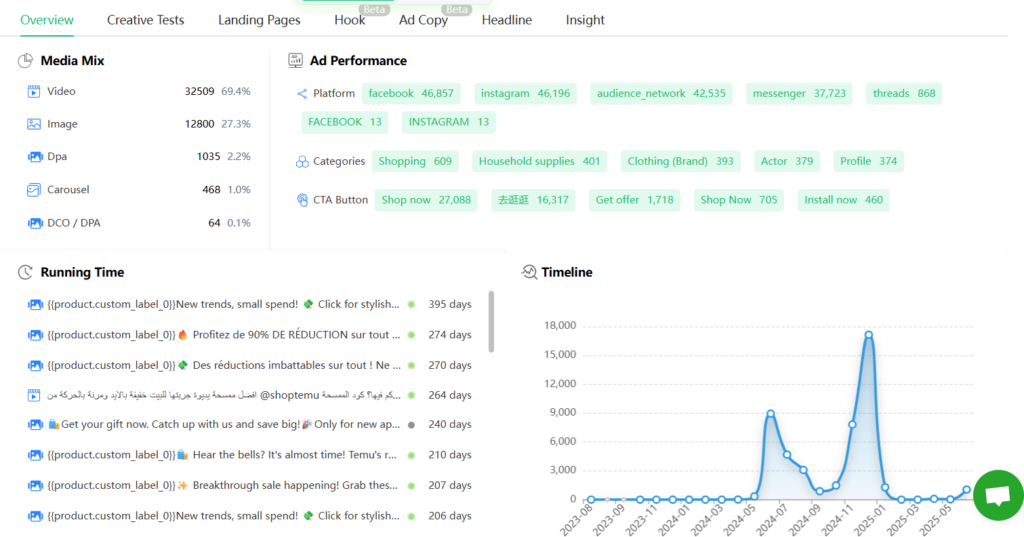
Future Trends of Facebook Collection Ads in 2025 and Beyond
The digital ad world never stands still. So where are Facebook Collection Ads heading?
AI-Powered Personalization
AI is already transforming Collection Ads, but in 2025, it’s more advanced than ever. Expect ads that don’t just recommend products—they anticipate needs. For instance, AI could serve a Collection Ad for “rain jackets” right after a user checks the weather forecast predicting rain.
Integration with AR/VR Shopping
With the rise of AR and VR, Collection Ads are likely to evolve into interactive try-on experiences. Imagine tapping on a product in a Collection Ad and instantly seeing how that couch looks in your living room via AR. This turns advertising into an experience, not just a transaction.
Shoppable Video Trends
Video is still king, but the throne is changing. Shoppable video inside Collection Ads allows users to tap on items directly in the video to explore or purchase them. It’s like watching your favorite influencer’s tutorial and being able to buy everything they use with a single click.
Conclusion
As we step deeper into 2025, Facebook Collection Ads are no longer just “another ad format.” They’ve become the bridge between storytelling and shopping, between curiosity and conversion. Whether you’re an e-commerce startup, a fashion giant, or even a B2B brand, the potential of Collection Ads is massive if you know how to harness it.
